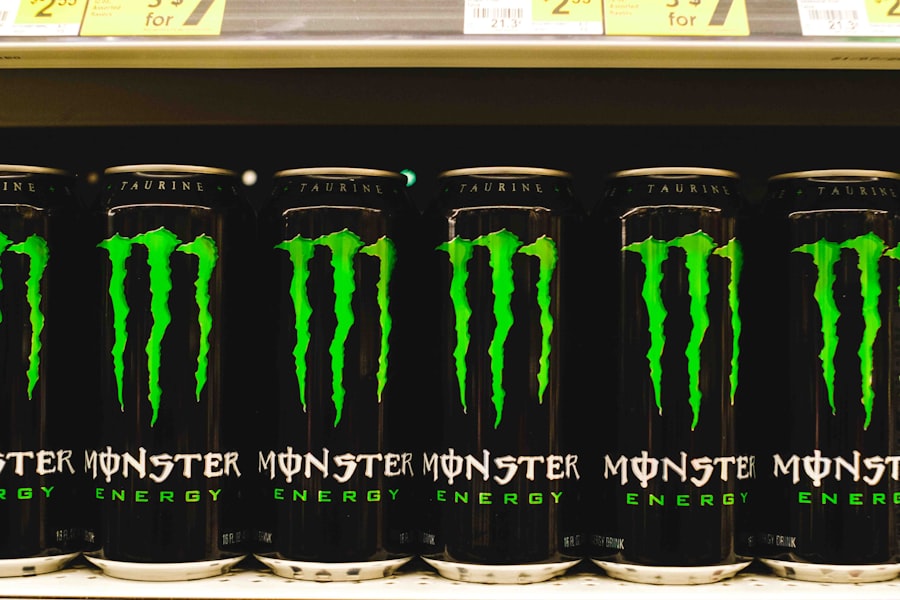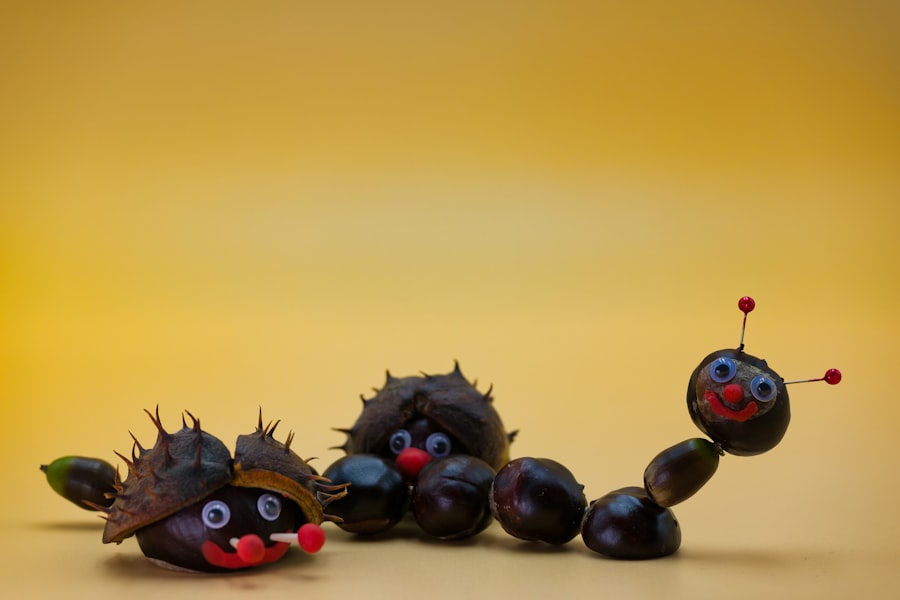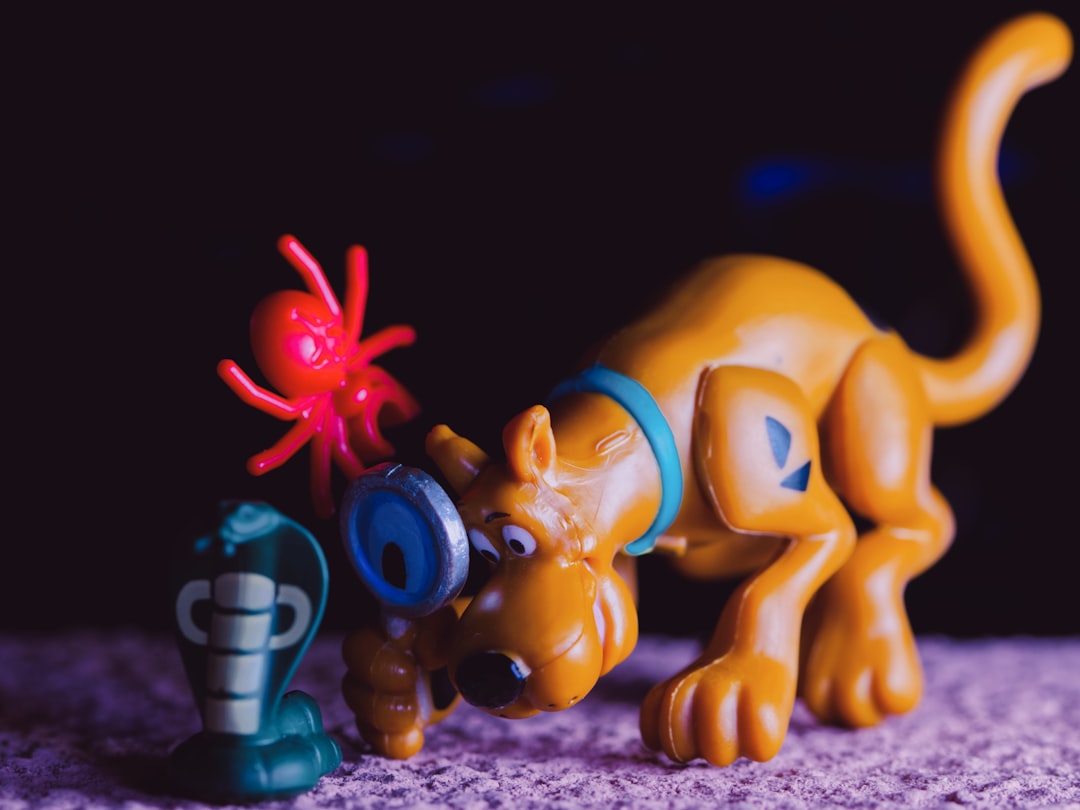When you think of colossal creatures wreaking havoc on cities, the term “Kaiju” likely springs to mind. Originating from Japan, this word translates to “strange beast” and encompasses a wide array of gigantic monsters that have captured the imagination of audiences worldwide. The Kaiju genre has evolved significantly since its inception, becoming a staple of both Japanese cinema and global pop culture.
You may find yourself drawn to these titanic beings, not just for their sheer size and destructive capabilities, but also for the complex narratives that often accompany them. The allure of Kaiju lies in their ability to embody humanity’s fears and aspirations. They serve as metaphors for various societal issues, from environmental concerns to the consequences of technological advancement.
As you delve deeper into the world of Kaiju, you will discover that these monsters are not merely mindless destroyers; they often possess intricate backstories and motivations that resonate with audiences on a personal level. This article will explore the rich history and origins of Godzilla monsters, highlight notable Kaiju, examine their characteristics and abilities, discuss their impact on pop culture, and speculate on the future of these iconic creatures.
Summary
- Kaiju are giant monsters from Japanese science fiction and fantasy films.
- Godzilla, the most famous Kaiju, first appeared in the 1954 film “Godzilla” directed by Ishirō Honda.
- Notable Godzilla monsters include Mothra, King Ghidorah, and Mechagodzilla, among others.
- Kaiju are known for their immense size, destructive capabilities, and unique powers such as atomic breath and regeneration.
- Kaiju have had a significant impact on pop culture, inspiring numerous films, TV shows, and merchandise, and they continue to be a popular subject in entertainment.
History and Origins of Godzilla Monsters
The origins of Godzilla and other Kaiju can be traced back to the post-World War II era in Japan. The first Godzilla film, released in 1954, was a direct response to the devastation wrought by nuclear weapons. As you explore this historical context, you will see how Godzilla emerged as a symbol of both destruction and rebirth.
The creature was born from the fears surrounding nuclear power and its potential for catastrophic consequences. This initial portrayal set the tone for many subsequent films, where Godzilla often represented humanity’s struggle against its own creations. As the years progressed, the Kaiju genre expanded beyond Godzilla.
You may find it fascinating that various filmmakers began to introduce their own monstrous creations, each reflecting different cultural anxieties and themes. For instance, films like “Mothra” and “Rodan” introduced new characters that explored themes of nature versus technology and the consequences of human interference in the natural world. The evolution of these monsters mirrored societal changes in Japan and beyond, allowing audiences to engage with pressing issues through the lens of fantastical storytelling.
Notable Godzilla Monsters

As you delve into the pantheon of Godzilla monsters, you will encounter a diverse array of creatures, each with its own unique traits and stories.
This formidable foe has become synonymous with Godzilla’s greatest challenges, often representing an existential threat to Earth itself. The dynamic between Godzilla and Ghidorah encapsulates the classic struggle between good and evil, making their confrontations thrilling spectacles for fans. Another notable Kaiju is Mothra, a giant moth-like creature that embodies themes of protection and rebirth.
Unlike many other monsters that thrive on destruction, Mothra often serves as a guardian figure, defending humanity against greater threats. This duality adds depth to the character and allows you to appreciate the complexity of Kaiju narratives. Additionally, characters like Mechagodzilla showcase humanity’s attempts to harness technology in the face of overwhelming natural forces, further enriching the tapestry of stories within the Kaiju universe.
Characteristics and Abilities of Kaiju
| Kaiju | Characteristics | Abilities |
|---|---|---|
| Godzilla | Enormous size, reptilian appearance, atomic breath | Atomic breath, regeneration, immense strength |
| King Kong | Gigantic ape, powerful limbs, agility | Superhuman strength, resilience, climbing ability |
| Mothra | Giant moth, colourful wings, divine protector | Flight, toxic scales, energy beams |
The characteristics and abilities of Kaiju vary widely, contributing to their appeal and versatility in storytelling. Most notably, their immense size sets them apart from other creatures in popular culture. You may find it awe-inspiring to consider that these monsters can tower over skyscrapers, creating a sense of scale that amplifies their impact on audiences.
This physicality is often complemented by unique abilities that enhance their fearsome reputations. For instance, Godzilla is known for its atomic breath—a devastating weapon that can obliterate anything in its path. In addition to their destructive capabilities, many Kaiju possess regenerative abilities or heightened resilience, allowing them to withstand significant damage.
This characteristic often leads to epic battles where both monsters endure tremendous punishment yet continue to fight on. The emotional stakes are heightened as you witness these titans clash, each determined to assert their dominance or protect their territory. Furthermore, some Kaiju exhibit intelligence or strategic thinking during confrontations, adding another layer of complexity to their interactions.
Impact of Kaiju on Pop Culture
The impact of Kaiju on pop culture cannot be overstated. Since the release of the first Godzilla film, these monsters have transcended their cinematic origins to become cultural icons. You may notice their influence in various forms of media, from video games to comic books and even fashion trends.
The visual aesthetics associated with Kaiju—such as their towering forms and vibrant colours—have inspired countless artists and creators across different disciplines. Moreover, the resurgence of interest in Kaiju films in recent years has led to a new generation discovering these legendary creatures. Blockbuster films like “Pacific Rim” and the recent “Godzilla” series have introduced Kaiju to wider audiences, sparking renewed enthusiasm for monster movies.
As you engage with this evolving landscape, you will see how Kaiju continue to inspire discussions about environmentalism, technology, and humanity’s place within the natural world. Their enduring legacy serves as a reminder of our collective fears and hopes.
The Future of Godzilla Monsters

As you contemplate the future of Godzilla monsters, it becomes clear that their relevance shows no signs of waning. With advancements in technology and storytelling techniques, filmmakers are poised to explore new narratives that resonate with contemporary audiences. You might find it exciting to consider how emerging themes—such as climate change or artificial intelligence—could be woven into future Kaiju tales, allowing these creatures to reflect modern anxieties while remaining true to their roots.
Additionally, collaborations between international filmmakers could lead to innovative crossovers that expand the Kaiju universe even further. Imagine a world where Godzilla faces off against legendary monsters from other cultures or where new characters emerge from different mythologies. The possibilities are endless as creators continue to push boundaries and explore fresh ideas within this beloved genre.
As you look ahead, it is evident that Kaiju will remain a powerful force in storytelling, captivating audiences for generations to come. In conclusion, your journey through the world of Kaiju reveals a rich tapestry woven from history, culture, and imagination. From their origins as symbols of nuclear anxiety to their current status as global icons, these monstrous beings have left an indelible mark on popular culture.
As you continue to explore this fascinating realm, you will undoubtedly find yourself captivated by the stories they tell and the lessons they impart about humanity’s relationship with nature and technology. The future holds exciting possibilities for Godzilla monsters, ensuring that they will continue to inspire awe and wonder for years to come.
For those intrigued by the myriad of monsters in the Godzilla universe, an exploration into the symbolic nature of these colossal creatures can provide a deeper understanding of their cultural significance. The Godzilla franchise is not merely a collection of epic battles between titanic beasts; it also serves as a reflection of societal themes and issues. A fascinating article that delves into this aspect is Godzilla: A Symbol of Anarchism and Capitalism in Modern Society. This piece examines how Godzilla and its monstrous counterparts embody the tensions between anarchism and capitalism, offering a unique perspective on how these narratives mirror real-world dynamics.
FAQs
What are the Godzilla monsters?
Godzilla monsters, also known as kaiju, are a group of fictional giant monsters that appear in the Godzilla film series produced by Toho Company Ltd. They are often depicted as destructive creatures that wreak havoc on cities and battle with each other or with Godzilla himself.
How many Godzilla monsters are there?
There are over 30 different Godzilla monsters that have appeared in the various films and media within the Godzilla franchise. Some of the most well-known monsters include King Ghidorah, Mothra, Rodan, and Mechagodzilla.
What are some of the most famous Godzilla monsters?
Some of the most famous Godzilla monsters include King Ghidorah, a three-headed dragon; Mothra, a giant moth-like creature; Rodan, a giant pteranodon; and Mechagodzilla, a robotic version of Godzilla.
Do Godzilla monsters have special abilities?
Yes, many Godzilla monsters have special abilities and powers. For example, King Ghidorah can shoot lightning bolts from its mouths, Mothra can release poisonous powder and create powerful winds, and Mechagodzilla is equipped with advanced weaponry and technology.
Are Godzilla monsters always portrayed as villains?
While many Godzilla monsters are initially depicted as villains or destructive forces, some have also been portrayed as allies or protectors of humanity. For example, Mothra is often depicted as a benevolent creature that comes to the aid of humanity when threatened by other monsters.
What is the origin of Godzilla monsters?
The origin of Godzilla monsters varies depending on the specific monster, but many of them are the result of nuclear radiation, genetic experimentation, or ancient mythical origins. The monsters are often depicted as ancient creatures that have been awakened or mutated by human activities.
